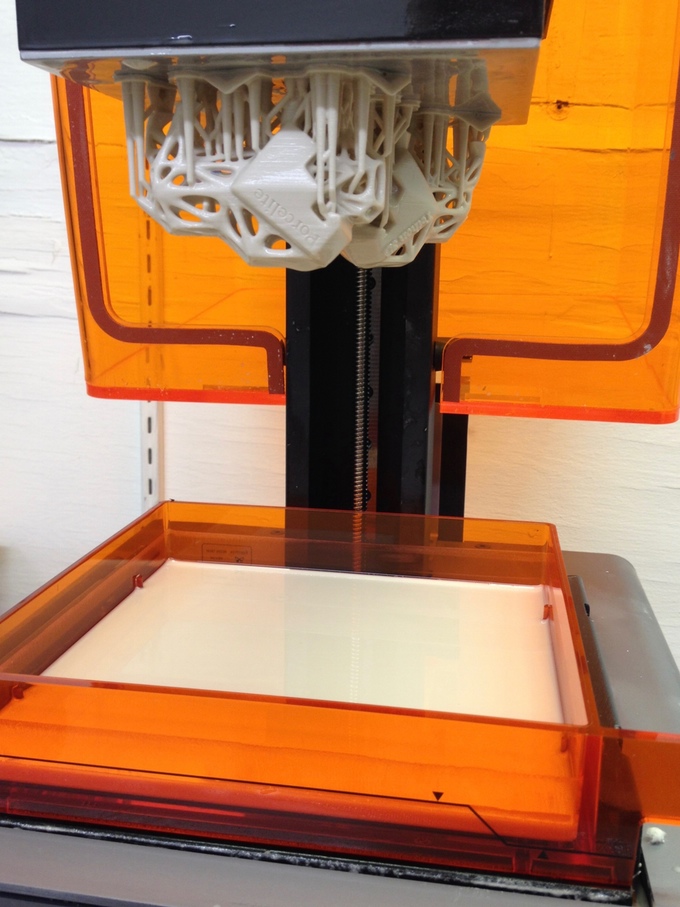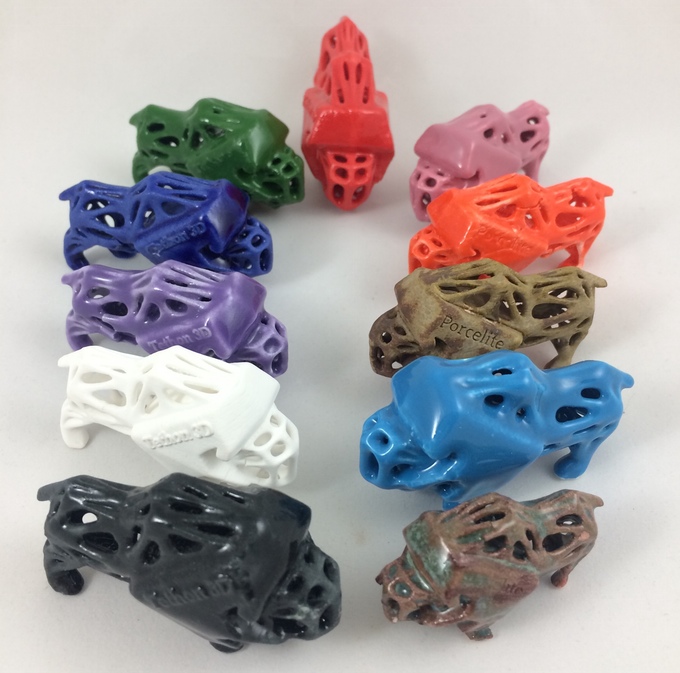Nebraska-based Tethon 3D has already made a name for itself acting as a ceramic 3D printing service bureau and through the development of ceramic powders and binders for 3D printing with ZCorp machines. Now, the company is taking its expertise to the field of photopolymer 3D printing, launching a Kickstarter for a new porcelain resin called Porcelite.

Their Kickstarter reads, “We’ve invented Porcelite and now we want to bottle it up and share it with others. The use of fired clay began in 24,000 B.C. The invention of the potter’s wheel was a major transformation in the fabrication of ceramics. Now, we introduce Porcelite as the next innovative step in Ceramic 3D Printing for our generation.”
One of the most exciting aspects of SLA, DLP, and other photopolymer 3D printing techniques is the materials that are being developed for those processes. While technologies developed by larger businesses, like Stratasys and EnvisionTEC, already have large materials portfolios at their disposal, users of smaller brands have to rely on third party suppliers, limiting their material options. For that reason, the more independent firms that get into the resin business, the more accessible photopolymer 3D printing becomes.



